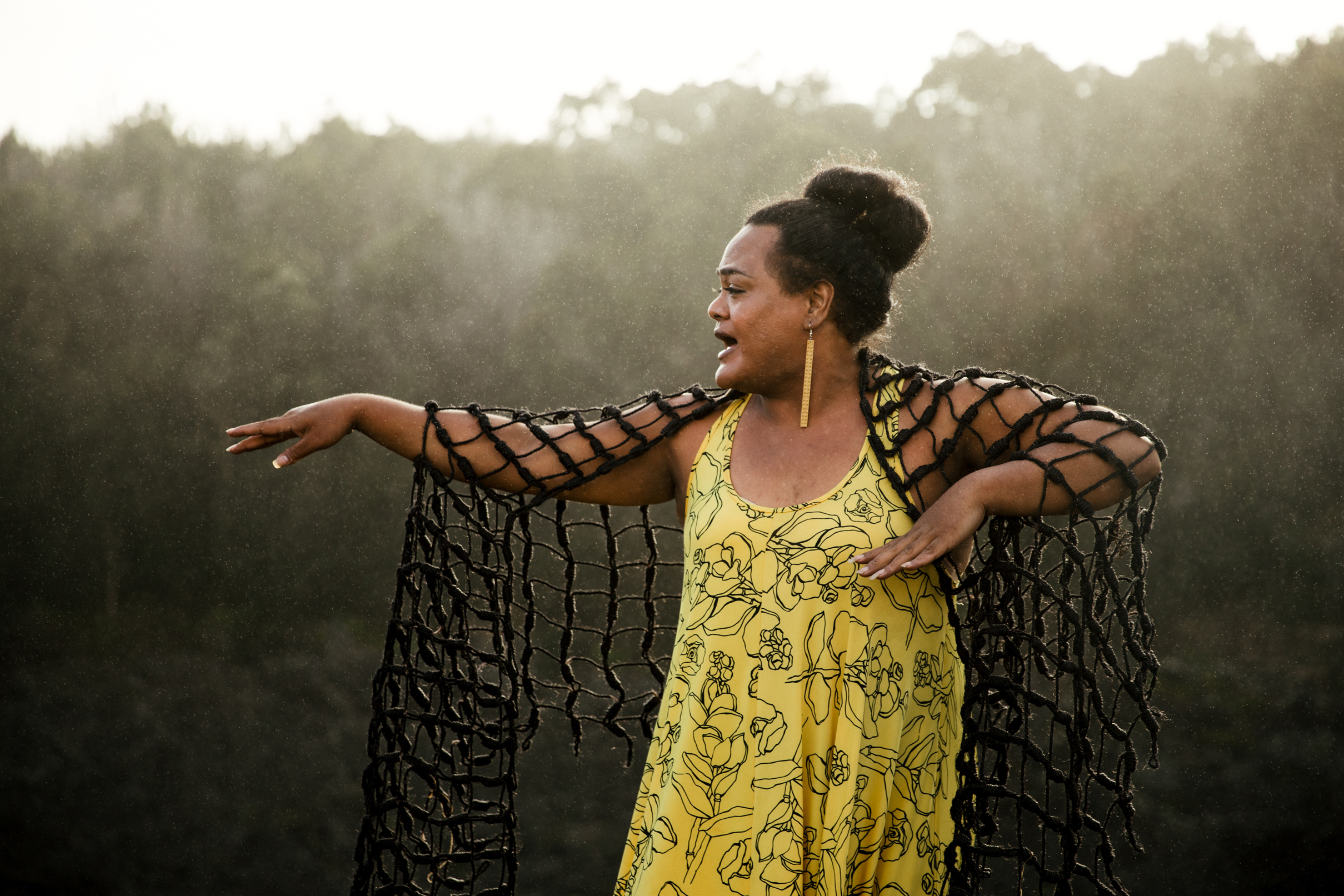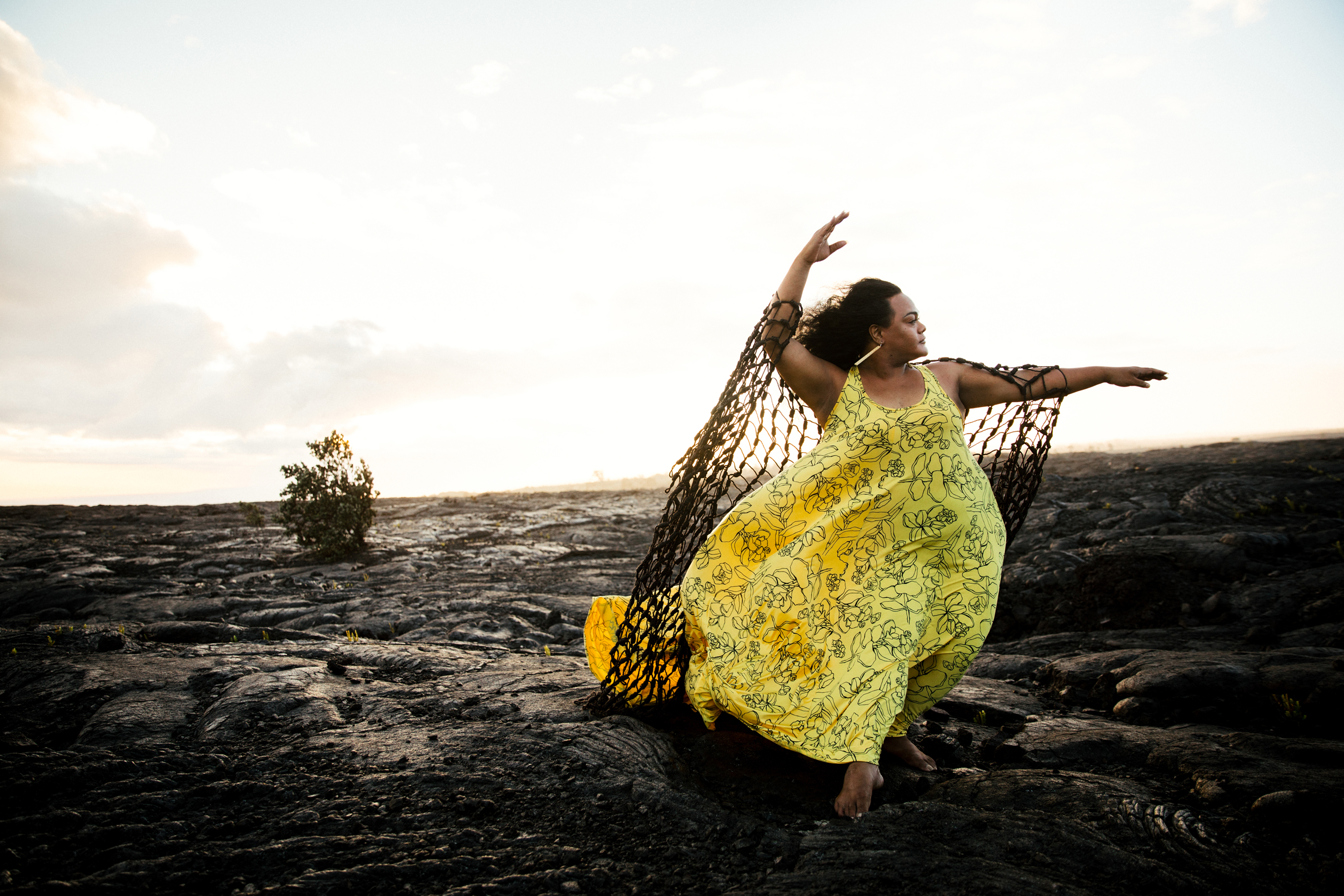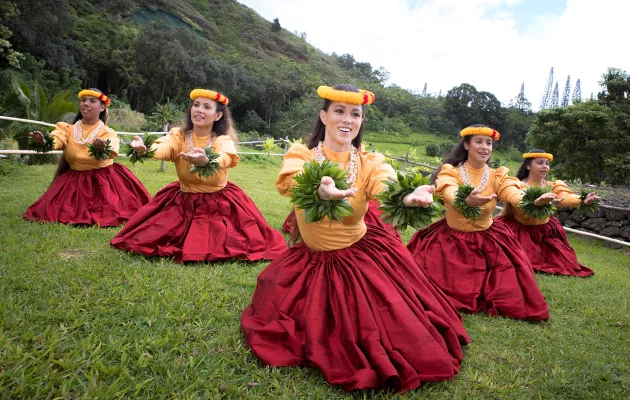

Hula
Hula en la isla de Hawái
Aunque conseguir entradas para las competencias de hula puede ser difícil, el Merrie Monarch Hula Festival incluye una variedad de eventos gratuitos abiertos al público. También hay muchas otras competencias y exposiciones de hula que se celebran durante todo el año. Entre los demás eventos se incluyen los siguientes: El Hula Arts at Kilauea Series (Hawaii Volcanoes National Park), el Iolani Luahine Hula Festival and Hula Scholarship Competition (febrero, Kailua-Kona), el Queen Liliuokalani Festival (septiembre, Hilo) y el Moku o Keawe International Festival (noviembre, Kohala Coast). A menudo se pueden ver actuaciones en directo en sitios históricos como el Hulihee Palace y en los hoteles y complejos turísticos de la isla de Hawái.
Un luau es otro sitio divertido y festivo para ver el hula y aprender sobre la cultura hawaiana y polinésica. Las lecciones de hula son impartidas por un kumu hula (profesor de hula) en una halau hula (escuela de hula), pero los visitantes pueden recibir lecciones gratuitas en hoteles y complejos turísticos selectos en la isla de Hawái.
“Aohe pau ka ʻike i ka hālau hoʻokahi. No one school contains the totality of all knowledge. A proverb that encourages respect of differing traditions, in hula and otherwise.”
Hula has many roots, with various traditions offering different origins of the art – reflecting the beauty of the Hawaiian respect for multiple perspectives in a way that does not need to be mutually exclusive. One tradition relays the story of the first sharing of hula at Hāʻena, a beach near Keaʻau in Puna. It was there that Hōpoe taught hula to Hiʻiaka, the favorite sister of the volcanic goddess Pele.
Two overarching styles of hula are hula kahiko (traditional hula) and hula ʻauana (modern hula). To simply categorize the two as old and new, however, minimizes the differences between the two and overlooks important distinctions.
Hula kahiko is traditionally performed as part of or as an extension of a ceremony, set to an oli (chant) and accompanied by percussion instruments. While many of the oli we hear along with hula kahiko are compositions from generations ago, there are also new oli and accompanying hula composed today. To call hula “ancient” improperly implies that the art is static. Rather, hula kahiko has strong roots in the past and continues to grow in modern Hawaiʻi.
Hula ʻauana is less formal hula, performed without ceremony. Around the turn of the 20th century, more new hula began to emerge in this less formal style. A story is told with the accompaniment of song and stringed instruments such as guitar, bass, steel guitar and ʻukulele.
Hula dancers train for years with the physical intensity of professional athletes and the academic rigor of doctoral students under the tutelage of a kumu hula before performing in public, so it is important to enjoy a performance respectfully.
If you happen upon a hula performance as part of a ceremony, note that it may not be intended as a public performance. You may be asked to keep a respectful distance, be silent, refrain from taking photos or video, or follow some other request to maintain the sanctity of the ceremony. Even if you are not asked to do so, it is appropriate to maintain a respectful distance.
Where Can I See Hula on the Island of Hawaiʻi?
Considered by many to be the pinnacle of the hula world, the Merrie Monarch Festival happens in Hilo on the island of Hawaiʻi the week following Easter every year. Tickets for the hula competition are hard to come by, but many performances can be found around Hilo town along with artisan fairs, fashion, music and more.
Other events with hula front and center include: The Hula Arts at Kīlauea Series, (Hawaiʻi Volcanoes National Park) ʻIolani Luahine Hula Festival and Hula Scholarship Competition (January/February, Kailua-Kona), Queen Liliʻuokalani Festival (September, Hilo), and the Moku o Keawe International Festival (November, Kohala Coast).
You can also see live performances at historic sites like Huliheʻe Palace and the Island of Hawaiʻi’s hotels and resorts. While serious study of hula is undertaken in a hālau hula under the tutelage of a kumu hula, more casual lessons are often offered at select island of Hawaiʻi hotels and resorts. A lūʻau is another fun and festive place to watch hula and learn about Hawaiian and Polynesian culture.
Acerca del hula hawaiano

Acerca de la tradición del hula en las islas hawaianas en la sección de cultura del sitio.
Hula
Tenga en cuenta que: nos disculpamos por cualquier inconveniente, pero nuestras listas de empresas preferidas a continuación solo están en inglés.


